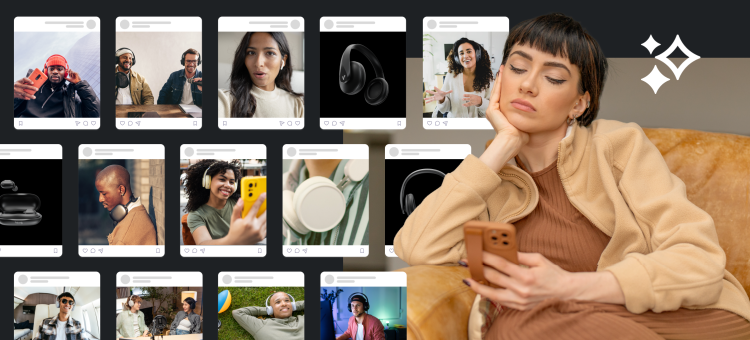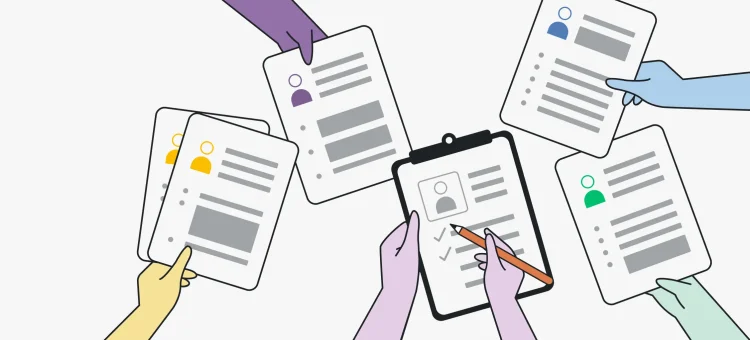If you’re looking to get your brand in front of new customers, recapture lost leads, increase customer loyalty, and grow your business overall, then there’s no better option than increasing your brand awareness.
But before we get into the how, let’s go over a couple essential tactics that you should have already in place.
If you haven’t employed these strategies, it’s probably in your best interest to stop reading and get going on these ideas immediately.
- Website/Blog with quality content that’s updated frequently. To spice up your blog, throw in infographics, videos, and articles by influential guest bloggers.
- Be active on social media. Engage and interact with influencers and customers. Share your content. Run contests. Make sure you’re on the most appropriate channels where you audience spends the majority of their time.
- Optimize relevant keywords, title tags, meta data, and image alt text.
- Be consistent with the same logo, colors, design, and personality across the board—such as your website, social updates, and ads.
- Launch a PPC or retargeting campaign.
Increase the power of your brand
You can’t improve what you don’t measure. Start tracking your key brand metrics today with SurveyMonkey Brand Tracker.
Create a unique personality
As the marketing platform HubSpot states, “Your brand identity is the representation of your company’s reputation through the conveyance of attributes, values, purpose, strengths, and passions.” Creating and maintaining a unique brand identity is one of the most effective ways in increasing your brand’s awareness. For example, brands like Dollar Shave Club and Old Spice are known for being witty and just a little out there. Or just share experiences to gain readership.
Going back to Dollar Shave Club, this is a brand known for being irreverent. Starting with the ad title, "Our Blades Are F**king Great,” the video that introduced the brand was comical and outrageous. The video quickly gained millions of views on YouTube thanks to social shares. But, the most interesting fact of the viral video is that 12,000 people signed up for the service within the first 48 hours of the video’s launch. Ask yourself why? How can you incorporate this idea into your own ideas or campaigns?
Create a unique ad or campaign that will leave an impression with your audience. When it happens that your audience remembers you or your brand—they connect with your brand in some personal way—then your audience will be more likely to share your content, which in turn will give your sales a boost.
Earn Word of Mouth referrals
It’s no secret that referrals can carry a lot of weight. But, if you need some proof, here are stats that demonstrate the power of referrals:
- 83% of respondents trusted referrals from people they knew – Nielsen
- “People who were referred by friends were three times more likely to purchase than visitors who clicked on online ads” – Inc.com
- Word of Mouth marketing (WOM) has been shown to improve marketing effectiveness by up to 92% – Forbes
- 56% of consumers are more likely to buy a new product when learning about it from friends and family – MarketingCharts
The Dropbox referral program is one of the more famous, and successful, examples of how a brand can increase awareness and grow a business. If you’re not familiar, the referral program works like this: For every friend that is referred, Dropbox will give existing customers an additional 500 MB of extra storage. It’s been reported that this technique resulted in a whopping 3900% growth rate that saw Dropbox go from 100k registered users to 4M registered users in just 15 months.
Referral Saasquatch crunched the numbers and found that this figure could be exaggerated and it is more likely that “Dropbox grew their registered user base by between 5.25% – 9.76%,” which is still an impressive amount for a basic referral program that cost the company absolutely nothing in advertising.
Uber is another brand that relied heavily on word-of-mouth referrals. During its early days, Uber would give free rides to influencers around Silicon Valley. The company knew that these influential people would share their experiences online and with their friends.
Be the host with the most
One of the best things about hosting an event is that they can be enjoyed by everyone no matter what industry you’re in. Most importantly, it’s a chance for your audience to get a taste of your business, see the people behind the brand and spend some quality face time with your customers. Whether it’s a holiday party, annual summer bash, sponsoring a non-profit event, workshop, or product release party, your event can be as large or as exclusive as you like depending on your goals.
If you’re on a strict budget or want to tap into other markets, you could consider teaming up with another company to host an event. For example, if you’re a brick and mortar location, why not co-host a block party with your neighbors? If you’re in a specific niche, let’s say auto parts, you could have a partnership with other companies in the industry for an event.
While hosting an event can be extremely beneficial, it may not always be practical for monetary and logistical reasons. If that’s the case, you can still make your presence known at industry events by networking or setting up a booth. Or, you can turn to technology and host a podcast or webinar with tools like Audacity, Skype, Google Hangouts, and Webinars On Air.
Looking for more tips? Stay tuned! John Rampton of calendar.com will be back on the blog for even more marketing pieces of wisdom to come.



